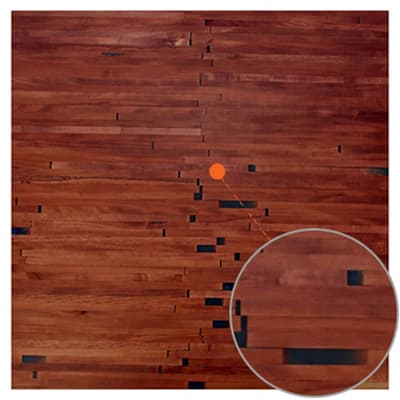Industrial style design is an aesthetic design trend which began when people started converting industrial spaces such as factories into living spaces. The trend then grew in popularity and expanded to include other commercial venues such as clothing shops and especially restaurants.
Industrial Design Tips for Restaurants - The Complete Guide

The basics
While the industrial style includes a few sub styles such as vintage, urban, rustic and even modern, some aspects remain the same throughout: the industrial look is achieved using elements such as exposed brick and concrete walls, weathered wood and metal (distressed), exposed pipes and very large windows, often from floor to ceiling. Even though the industrial style includes a few sub-styles such as vintage, urban, rustic and even modern, some aspects remain the same throughout: the industrial look is achieved using elements such as exposed brick and concrete walls, weathered wood and metal (distressed), exposed pipes and very large windows, often from floor to ceiling.
The color palette is also significant. The most used is the natural look mixing in greys, soft browns and off-white. Splashes of color can be incorporated using minimalist wall decorations, plants or distressed looking colored furniture. Another aspect of the industrial style design is large open spaces which can be separated using furniture, plants and the columns that are part of the building. Often, low hanging metallic or glass light fixtures finish the look and help in warming the space making it more relaxing and inviting.
Main characteristics of industrial design
- Pendant lighting – hanging ceiling lights, also called pendant lighting are a great way to not only illuminate a restaurant but also create a warm atmosphere
- Minimalistic – an intrinsic part of the industrial design is minimalism. Little to no wall decorations is a key component, as is the lack of non-functional tables and shelves decorations
- Practicality – industrial décor and furniture tend to be comprised of clean lines, contrasting textures and simple forms. Neutral colors are also a key component although some leeway exists when using distressed looking colorful furnishings
- Metal furniture – Since the industrial look evolved in factories, metal is a basic component. Industrial furniture is either made of all metal or a combination of metal and wood
- Exposed walls, floors and ceilings – exposed brick walls and ceilings, concrete floors and brick-like patterns or textures are also to be expected
- Bring nature indoors – the lack of wall decorations can feel a little cold and unwelcoming. This is often combated with the pendant lighting and also with large potted plants preferably in stone, wood and earth colored pots
Industrial design style sub-genres
Vintage
Vintage style can refer to something unique, not necessarily mass produced and broken-in. Used but not worn out. Vintage style doesn’t have to mean a specific time period or something that’s old, but points to a time when items were produced with quality in mind and were meant to last for life. Many vintage items have a hand-crafted look, and added character.
Vintage should not be confused with retro, where an item may look out of place as if it belonged in a different era. Many vintage items not only blend in with our many current interior industrial design schemes, rather, they accentuate it, lending it more authenticity.
Vintage furniture can be an essential component of industrial decor. To achieve that vintage look for furniture or anything else, natural materials such as wood or metal must be used, not plastic. For light fixtures, think glass. Dark and neutral colors are associated with industrial design, not bright, loud colors. For furniture to be “vintage” it doesn’t have to be old or repurposed, many chairs, bar stools and tables can be made in vintage style with a weathered appearance.
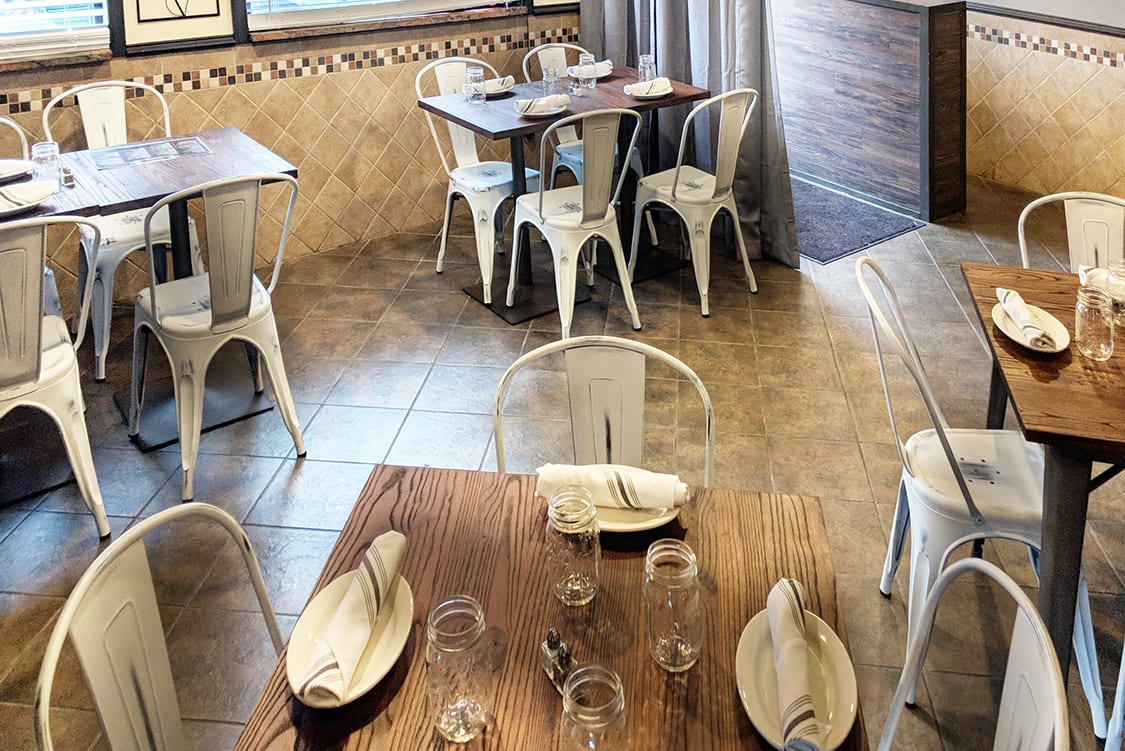
Examples of vintage style industrial furniture:
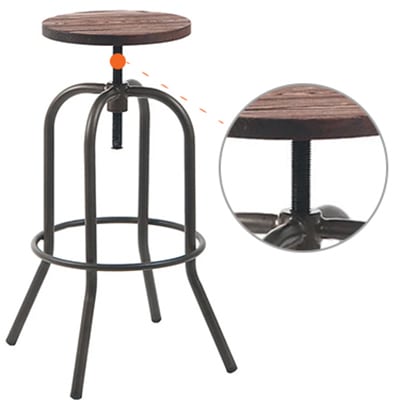
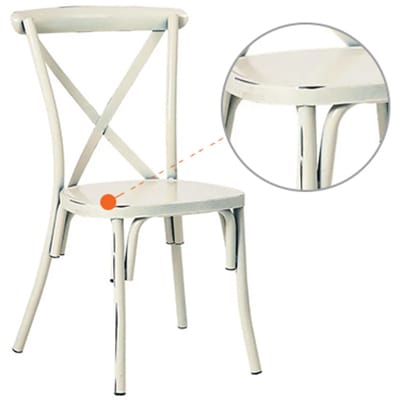
Stackable Metal X-Back Chair
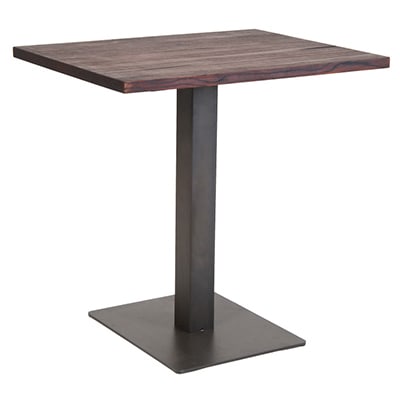
Restaurant Table with Metal Base and Wood Top
Urban
People usually tend to associate industrial design with urban settings, because this is typically where old factories and warehouses that were once used for industry and have since been abandoned are located, but you can integrate urban design anywhere. The term urban usually implies a minimalist aspect. This typically includes neutral colors and not only black and white.
Urban design also involves repurposing old tools and installation fixtures. Other components of urban, industrial style decor includes using weathered wood, building infrastructure, such as exposed ducts an plumbing, exposed brick, concrete flooring and large, uncovered metal framed windows using natural light. Whether it’s pairing a distressed wood table with metal chairs, using raw materials such as unfinished wood, open faced shelving or polished concrete floors, modern industrial design often seeks out a raw, unfinished look. Many chairs and tables can have “unfinished” looking wood surfaces that still have a protective coating that combined with uncoated metal gives it an urban, industrial look.
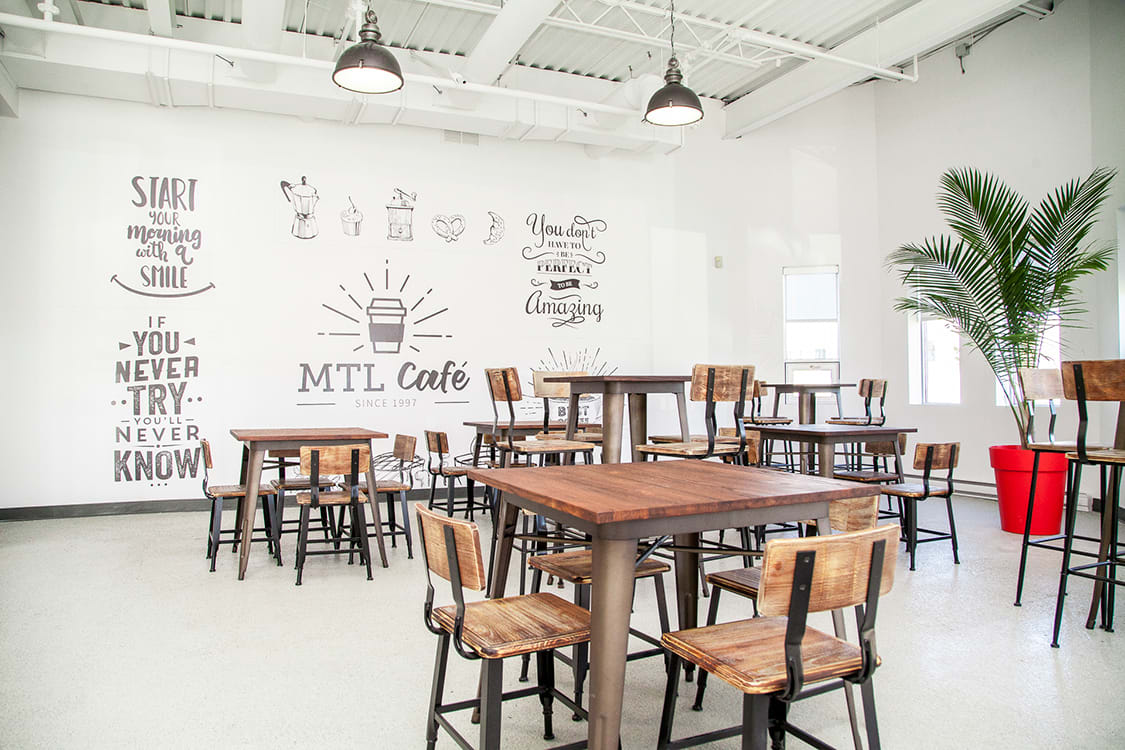
Examples of urban style industrial furniture:
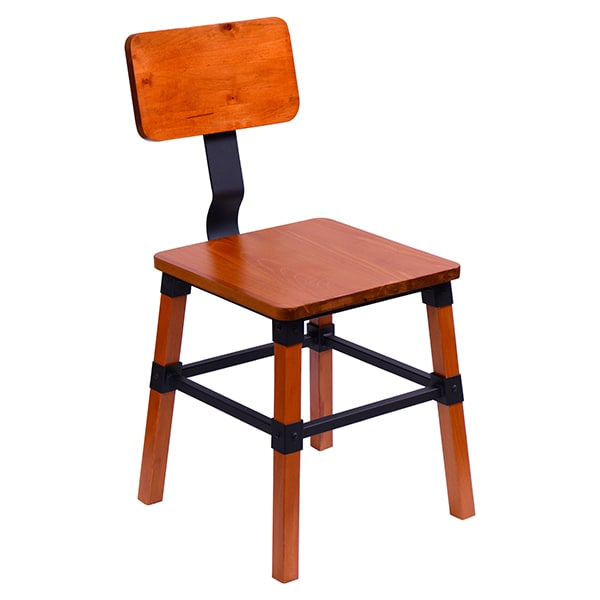
Malcolm Industrial Chair
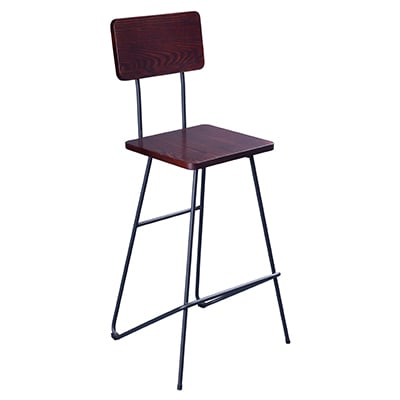
Mantis Industrial Bar Stool
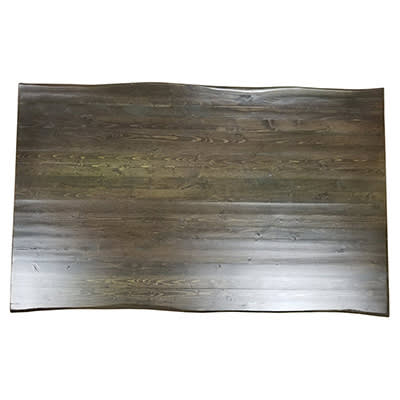
Live Edge Solid Wood Table Top
Rustic
Rustic interior design is all about a no-fuss aesthetic that showcases the beauty of subdued hues, using natural materials such as thick wooden beams, stone, clay and brick. This contemporary style emphasizes rugged, natural beauty. It embraces nature-inspired textures and neutral, earthy colors creating unpretentious, organic warmth. A rustic designed restaurant can resemble a farmhouse and have a bucolic ambiance. To achieve a rustic, pastoral look, a restaurant should be furnished with natural, butcher block tables that bring out the beauty of the grain.
Distressed wood table tops and chairs will also blend in with the rustic decor and give it more authenticity. Rustic is the opposite of modern, rustic furniture looks like it was made by craftsmen, not manufactured in a factory. Rustic furniture has a bit of roughness to them. This can be brought out using distressed wood or by combining it with unpainted metal or steel. Rustic design is warm and inviting and can be incorporated in any design style including industrial.

Examples of rustic style industrial furniture:
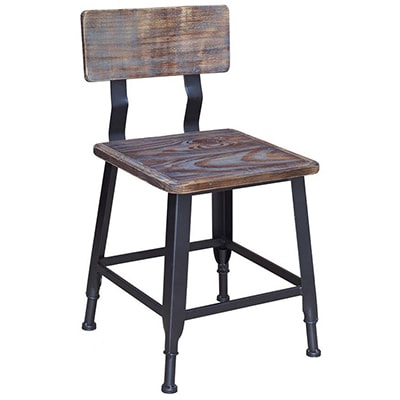
Industrial Series Metal Chair with Distressed Wood
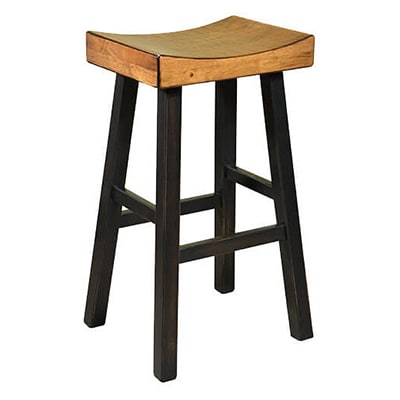
Backless Wood Saddle Seat Bar Stool

Rustic Patina Solid Wood Table Top
Modern
Modern interior industrial design is an interesting way to juxtapose the raw with the refined, the trendy and contemporary with the vintage and classic look. By showcasing utilitarian materials such as natural wood, metal and concrete in a way that proves that form and function can be one in the same. Modern furniture can flow smoothly with industrial decor with is sharp lines.
The elegant form of modern furniture can be a good counterbalance to the masculine aesthetic of the industrial style. Modern design has grown in popularity due to its sleek looks. Combined with the open design an industrial environment, it’s also a great way to maximize space. Industrial design is a celebration of humble, unassuming materials and the simplicity of modern design enhances that. Modern industrial design lends itself to the charm and minimalism that makes it so popular. Industrial style decor marries sleek modernity and old world charm with an organic, lived in feel to create the perfect play of contrasts.
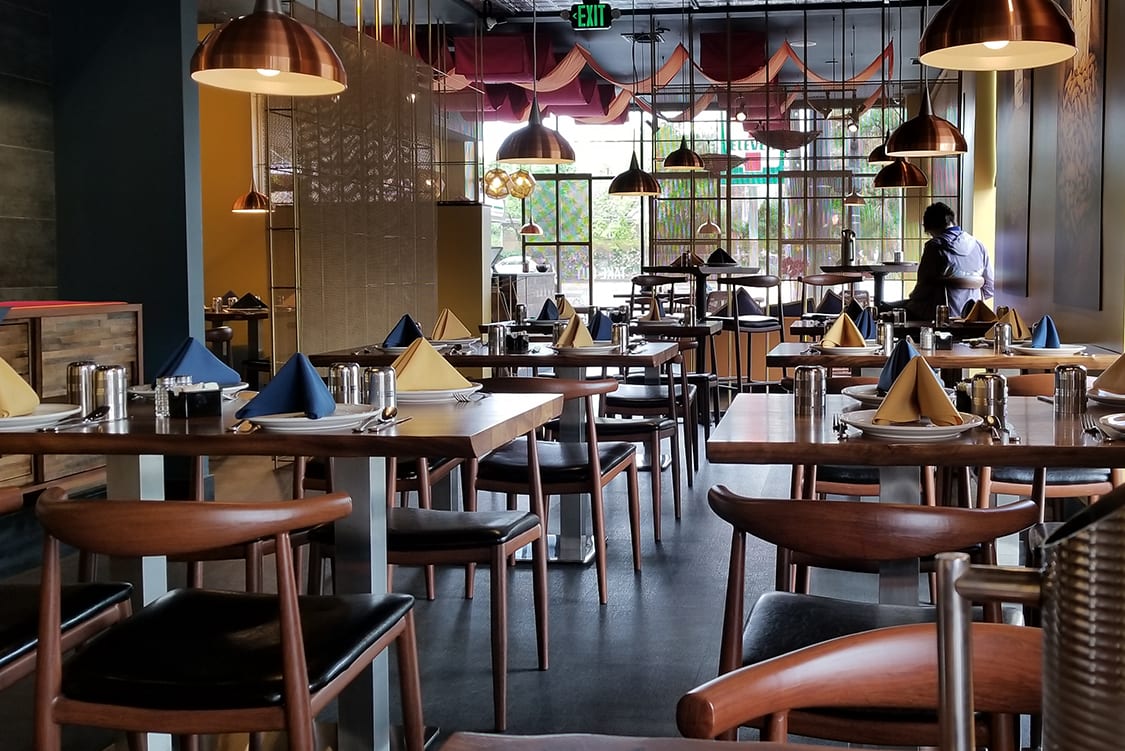
Examples of modern style industrial furniture:
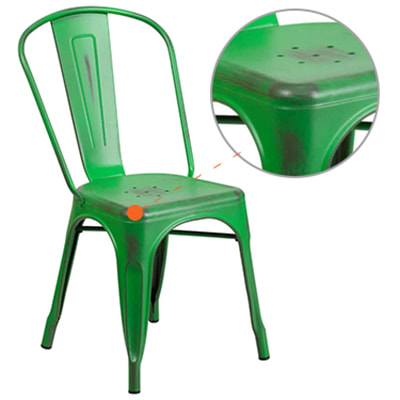
Bistro Style Metal Chair In Distressed Green Finish
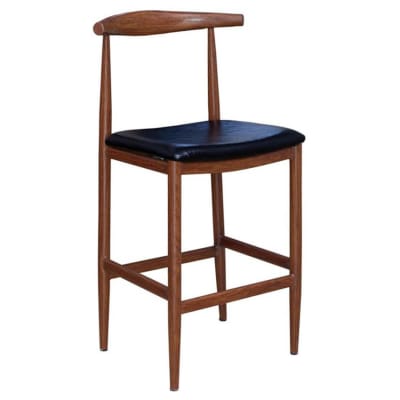
Wood Grain Metal Bar Stool in Walnut Finish
